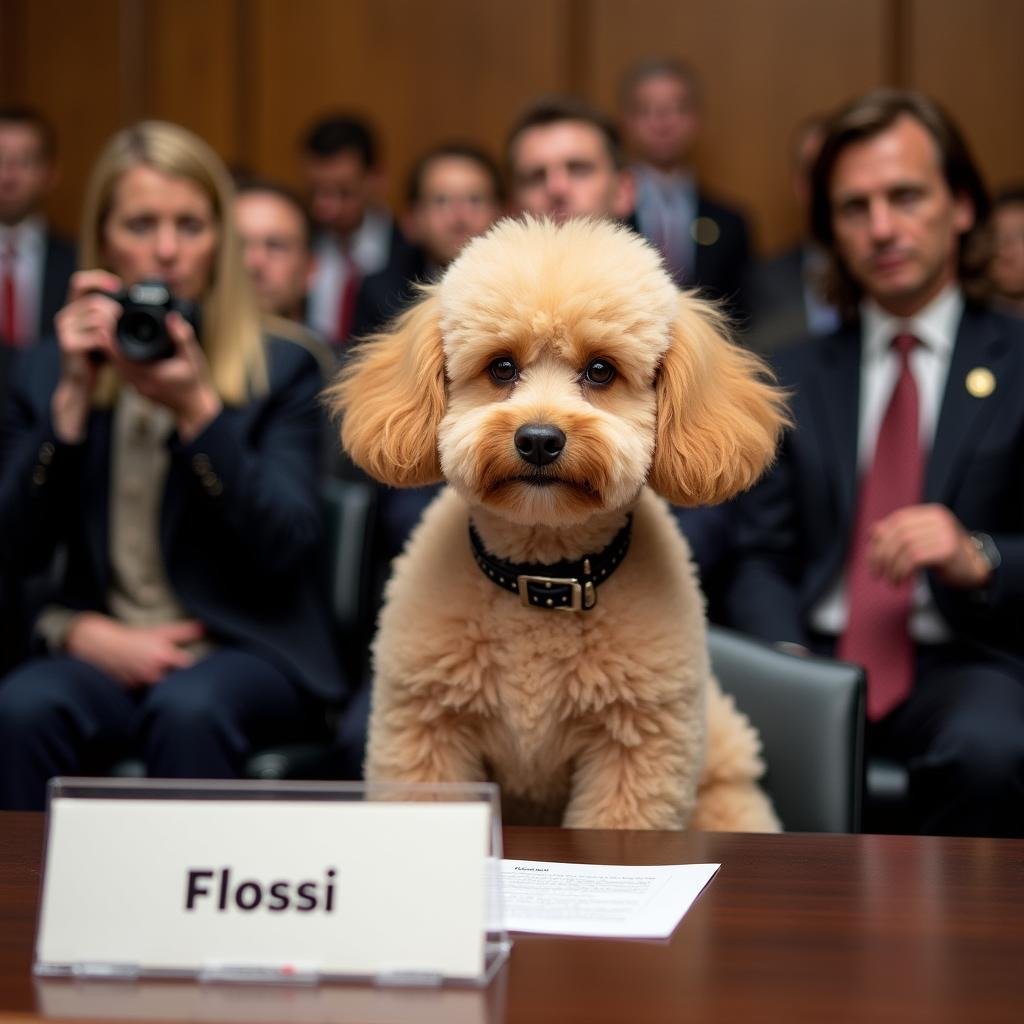FLOSSI AT HISTORIC INAUGURATION
Several U.S. presidents have signed significant and noteworthy documents upon assuming office. These actions are often intended to set the tone for their administrations and address pressing national or global issues. Here are some notable examples:
George Washington (1789)
Inaugural Proclamation:
Washington issued a proclamation calling for a national day of prayer and thanksgiving to mark the birth of the new government under the Constitution.
This act symbolized his commitment to unity and the moral foundation of the nation.
Abraham Lincoln (1861)
Call to Fortify Federal Installations:
Though not technically signed on Inauguration Day, Lincoln immediately faced the secession crisis.
His early orders strengthened federal positions, signaling his resolve to preserve the Union.
Franklin D. Roosevelt (1933)
Emergency Banking Act:
In his first days in office, during the Great Depression, FDR signed this critical legislation to stabilize the banking system.
This followed his Inaugural Address, where he famously declared, “The only thing we have to fear is fear itself.”
Harry S. Truman (1945)
End of World War II Planning:
Truman assumed office after the sudden death of Franklin D. Roosevelt. He immediately signed documents related to the ongoing war effort and the post-war reconstruction.
John F. Kennedy (1961)
Executive Orders on Civil Rights:
Early in his presidency, Kennedy signed executive orders establishing the President’s Committee on Equal Employment Opportunity.
While not signed on his first day, these actions reflected themes from his inaugural address emphasizing civil rights and service.
Lyndon B. Johnson (1963)
Proclamation Following Kennedy’s Assassination:
Hours after JFK’s assassination, Johnson signed a proclamation designating a national day of mourning and reaffirming the continuity of government.
Ronald Reagan (1981)
Inaugural Proclamation:
Reagan signed an inaugural proclamation, starting the tradition of signing documents in the President’s Room at the Capitol immediately after the oath of office.
This act symbolized his focus on tradition and ceremonial aspects of governance.
Barack Obama (2009)
Executive Orders on Ethics and Transparency:
On his first full day in office, Obama signed executive orders focused on ethics rules for government employees and transparency in federal agencies.
These actions reflected his campaign promises of reform and accountability.
Donald Trump (2017)
Executive Order on the Affordable Care Act:
On his first day, Trump signed an order aimed at minimizing the financial burden of the Affordable Care Act, signaling his administration’s intention to repeal and replace it.
Joe Biden (2021)
Series of Executive Orders:
On Inauguration Day, Biden signed 17 executive actions addressing pressing issues, including:
Rejoining the Paris Climate Agreement.
Ending the travel ban on several majority-Muslim countries.
Instituting a mask mandate on federal property to combat COVID-19.
FLOSSI ON TIKTOK
TikTok's technology is built on a sophisticated blend of artificial intelligence (AI), machine learning, and video processing capabilities, distinguishing it from other platforms in functionality and user experience. Here's an overview of the key technologies behind TikTok and how they set it apart:
AI-Powered Recommendation Algorithm
Key Features:
TikTok's For You Page (FYP) relies on a highly advanced AI algorithm to deliver personalized video recommendations.
The algorithm evaluates:
User Interaction: Likes, shares, comments, watch time, and skips.
Video Metadata: Captions, hashtags, and audio tracks.
Device and Account Settings: Language preferences, location, and device type.
TikTok's algorithm quickly adapts to subtle changes in user behavior, creating a highly immersive experience.
Unlike many platforms that rely on friend or follower networks, TikTok surfaces content from anyone, creating a more serendipitous browsing experience.
Many effects, such as facial recognition and AR overlays, use real-time processing to provide instant feedback as users record.
Music and sound are central to TikTok’s appeal. The app has a massive library of licensed tracks and user-generated audio.
Audio-syncing capabilities automatically align videos with beats or lyrics.
TikTok emphasizes audio-driven trends, enabling users to participate in viral challenges or memes.
TikTok uses natural language processing (NLP) and computer vision to analyze both
TikTok’s focus is on a content graph rather than a social graph:
A social graph links users based on friendships or followers.
A content graph links users based on shared interests and behaviors.
TikTok surfaces content from across the platform, regardless of whether users are connected, breaking the echo chamber of typical social networks.
FLOSSI AND THE KATZ’S
Katz's Delicatessen is one of New York City's most iconic eateries, with a rich history that reflects the cultural and culinary evolution of the city's Lower East Side.
Year Established: 1888
Katz's began as a small deli opened by the Iceland brothers on Ludlow Street in Manhattan’s Lower East Side, a hub for Jewish immigrants at the time.
In 1903, Willy Katz joined the business, and the name was changed to Iceland & Katz.
By 1910, Willy’s cousin Benny Katz joined, and the business relocated to its current location at 205 East Houston Street, adopting the name Katz’s Delicatessen.
World War II and the Famous Slogan
During World War II, Katz’s Delicatessen became known for its slogan, “Send a salami to your boy in the Army.”
This originated as a campaign to support soldiers overseas, with Katz’s shipping salamis to servicemen.
Katz’s is renowned for its hand-carved pastrami and corned beef, made using traditional methods that take up to 30 days of curing, ensuring authenticity and flavor.
Kosher-Style, Not Strictly Kosher:
While Katz's serves traditional Jewish deli food, it is not certified kosher and operates on Saturdays.
Katz’s has been featured in numerous films and TV shows, most famously in the 1989 movie “When Harry Met Sally,” where the legendary “I’ll have what she’s having” scene was filmed.
In 2013, Katz’s sold its air rights to developers but retained its ground-floor space, securing its future at the historic location.
Pastrami on Rye: Arguably the most famous dish, piled high with hand-carved pastrami.
Corned Beef Sandwich: Another deli classic, known for its tender, flavorful meat.
Matzo Ball Soup: favorite.
Pickles:
FLOSSI AND THE HOSTAGES
The uneven ratio in prisoner exchanges, where Israel releases more detainees than the number of hostages Hamas returns, is often due to several key factors:
Hostage Value:
Hostages held by Hamas, especially civilians or soldiers, are viewed as highly valuable bargaining chips. Their return is prioritized due to intense public and political pressure in Israel.
Asymmetry in Prisoner Profiles:
Many of the individuals Israel detains are accused or convicted of crimes related to terrorism or violence, but they often outnumber hostages captured by Hamas.
The exchange reflects this imbalance, as Hamas demands a higher number of detainees to justify releasing a smaller group of hostages.
Public Opinion and Humanitarian Concerns:
Israel faces significant domestic and international pressure to secure the return of its citizens, regardless of the cost. This humanitarian emphasis often leads to concessions favoring Hamas's terms.
Many Israelis support these exchanges due to the Jewish cultural and religious emphasis on the value of life (the principle of pikuach nefesh, saving a life). Families of hostages often lead campaigns for their loved ones' return, regardless of the terms.
There is significant public and political criticism of the imbalance. Critics argue that releasing large numbers of convicted criminals, including individuals involved in deadly attacks, poses a security risk and incentivizes future hostage-taking by groups like Hamas.
Examples of Debate:
The 2011 exchange of over 1,000 prisoners for Israeli soldier Gilad Shalit sparked extensive debate. Some argued it was necessary to fulfill Israel’s commitment to its citizens, while others viewed it as undermining deterrence.
FLOSSI AND THE AVIAN FLU
In 2025, the United States has experienced a significant surge in egg prices, primarily due to the ongoing outbreak of Highly Pathogenic Avian Influenza (HPAI), commonly known as bird flu. This outbreak has led to substantial losses in poultry populations, severely impacting egg production and supply.
Impact on Egg Prices:
National Average: As of December 2024, the average price for a dozen eggs reached $4.15, marking a 65% increase from the previous year.
Regional Variations: In certain areas, prices have escalated even further. For instance, in California, the average price for a dozen eggs has approached $9, reflecting a 70% increase from the prior year.
Contributing Factors:
Avian Influenza Outbreak: The HPAI outbreak has been devastating, with over 130 million birds affected across all 50 states since its onset in 2022. This has led to a significant reduction in egg-laying hens, thereby decreasing egg production.
Supply Chain Disruptions: The loss of millions of egg-laying chickens has strained the supply chain, leading to shortages and, consequently, higher prices.
Increased Demand: Seasonal factors, such as the holiday baking season, have heightened demand for eggs, further exacerbating the supply-demand imbalance.




















